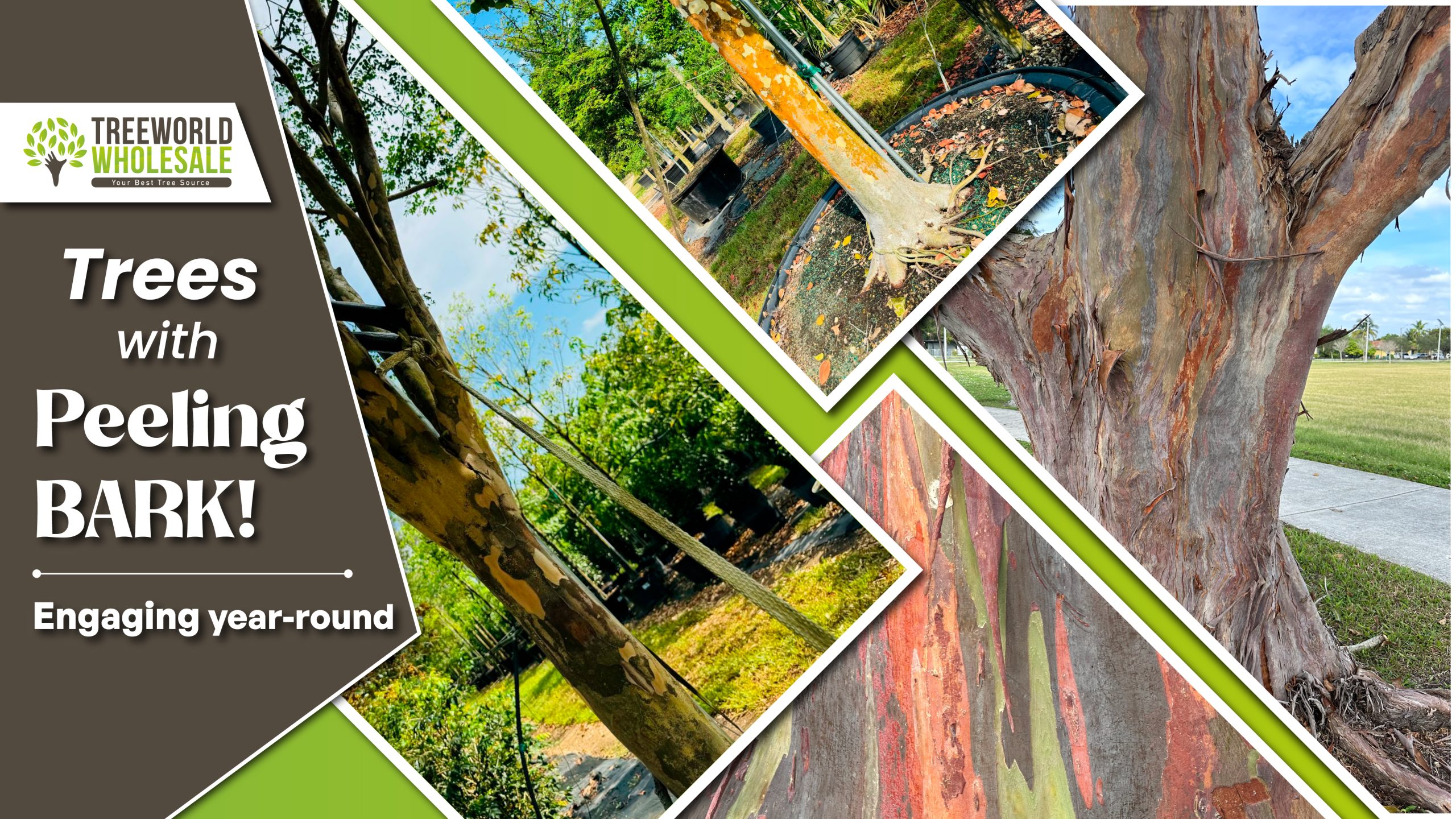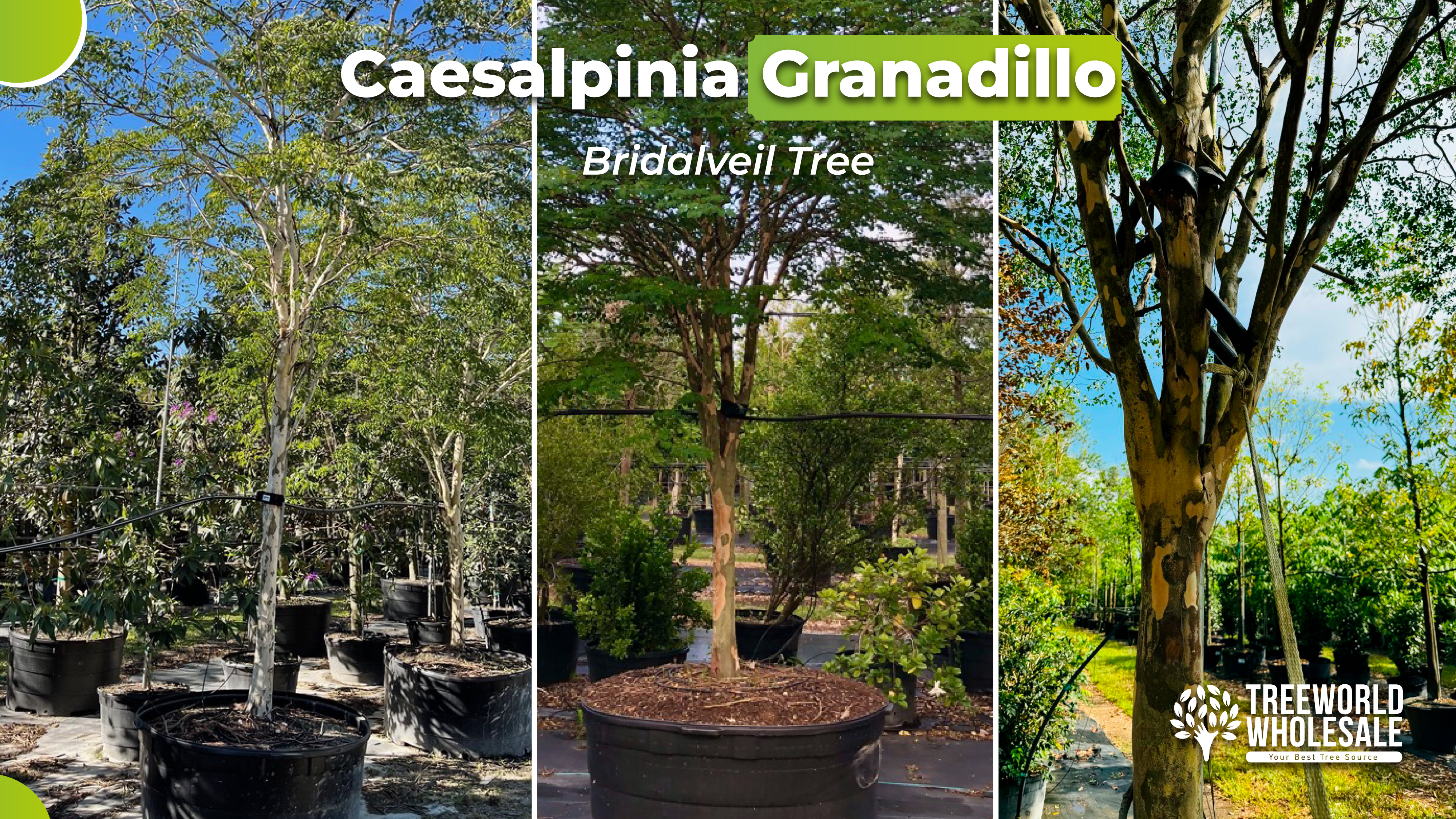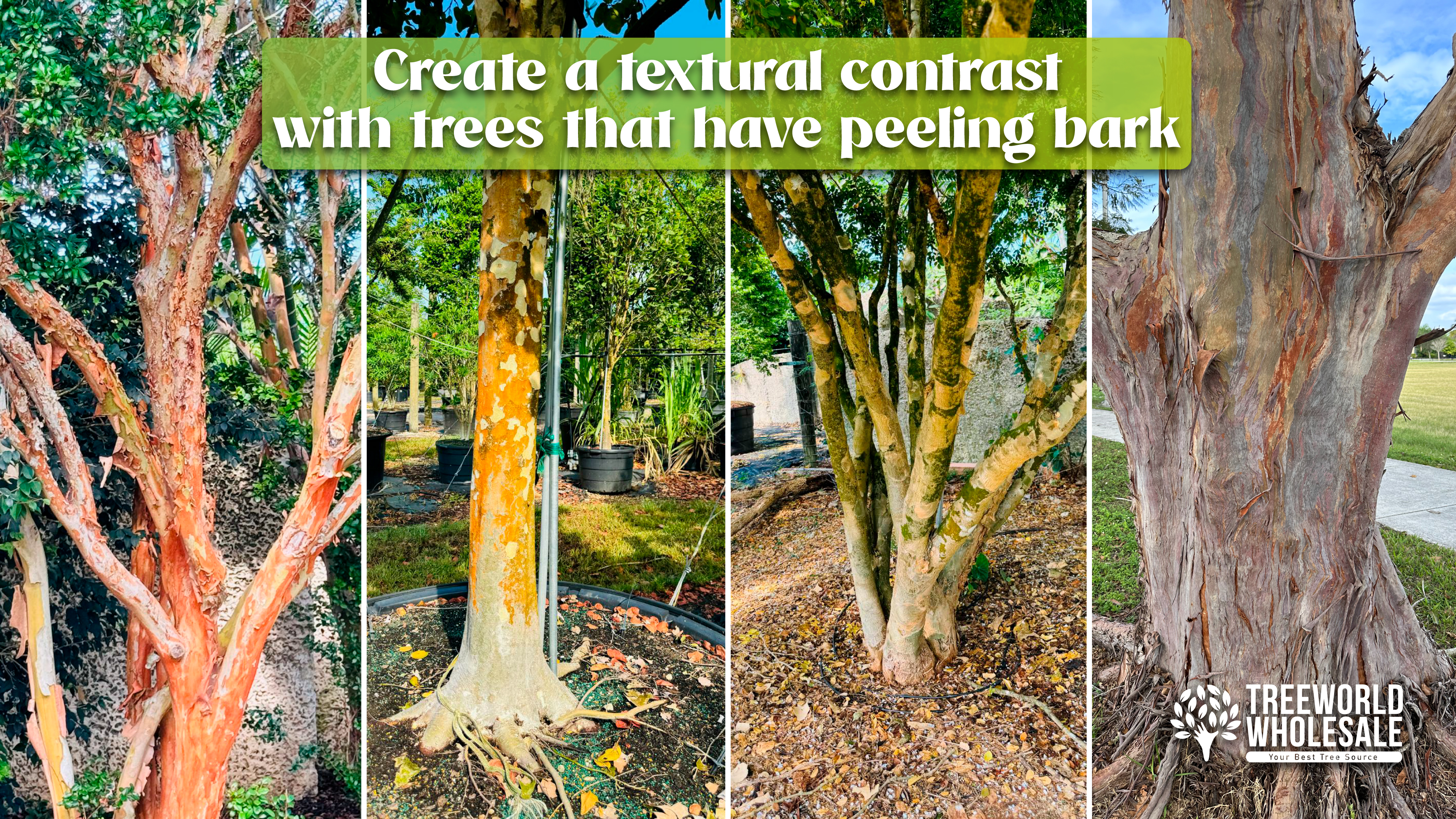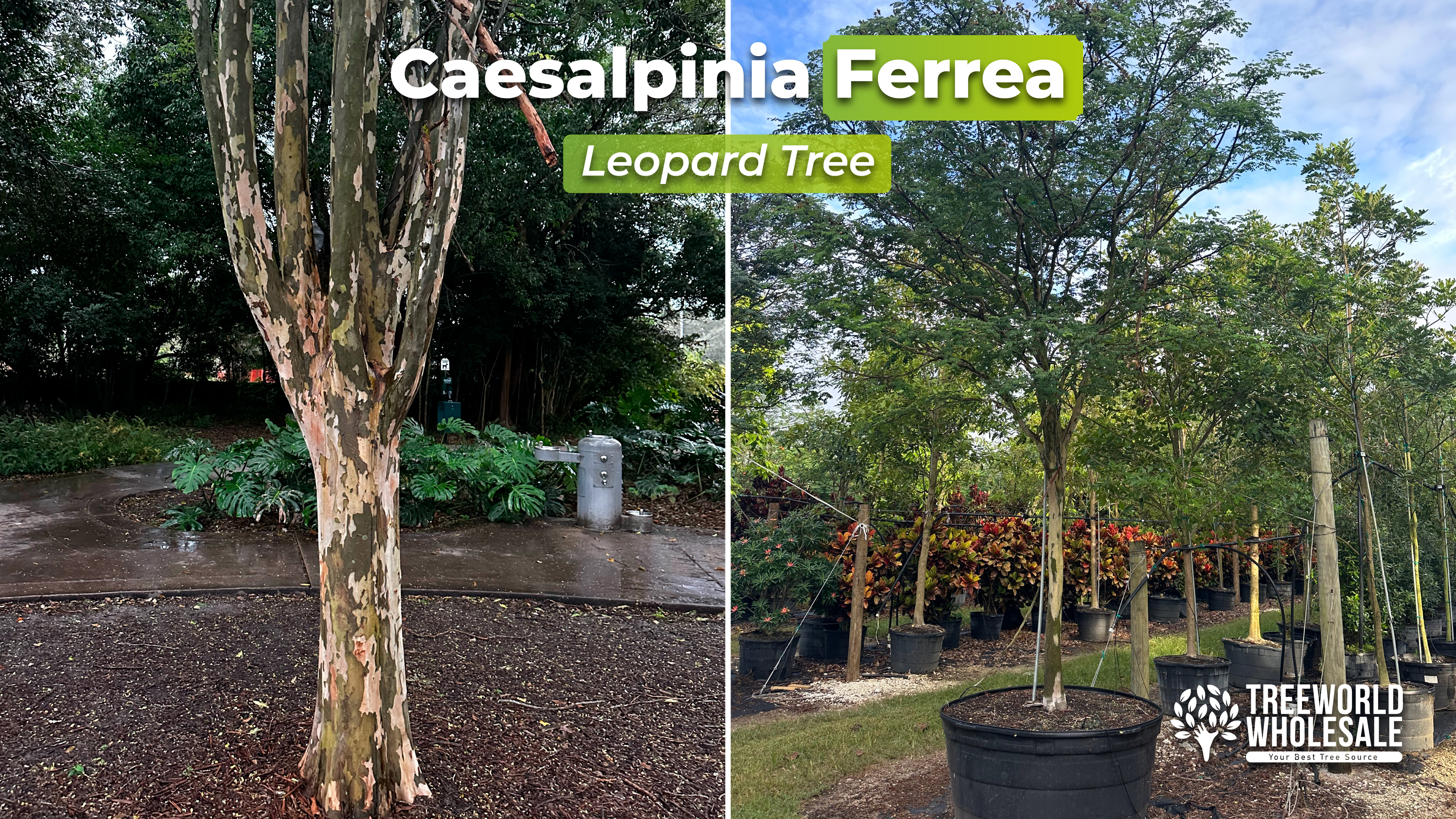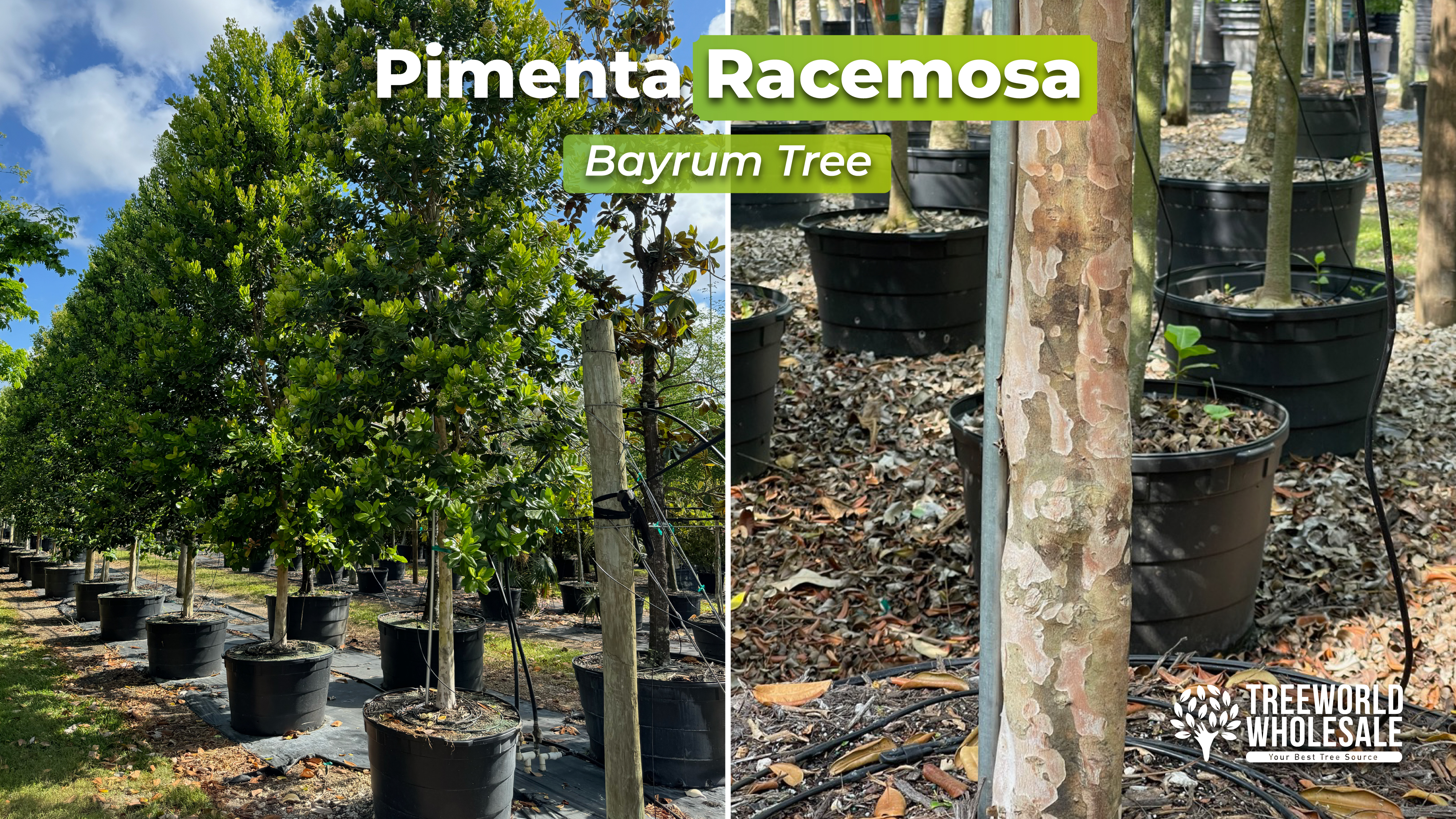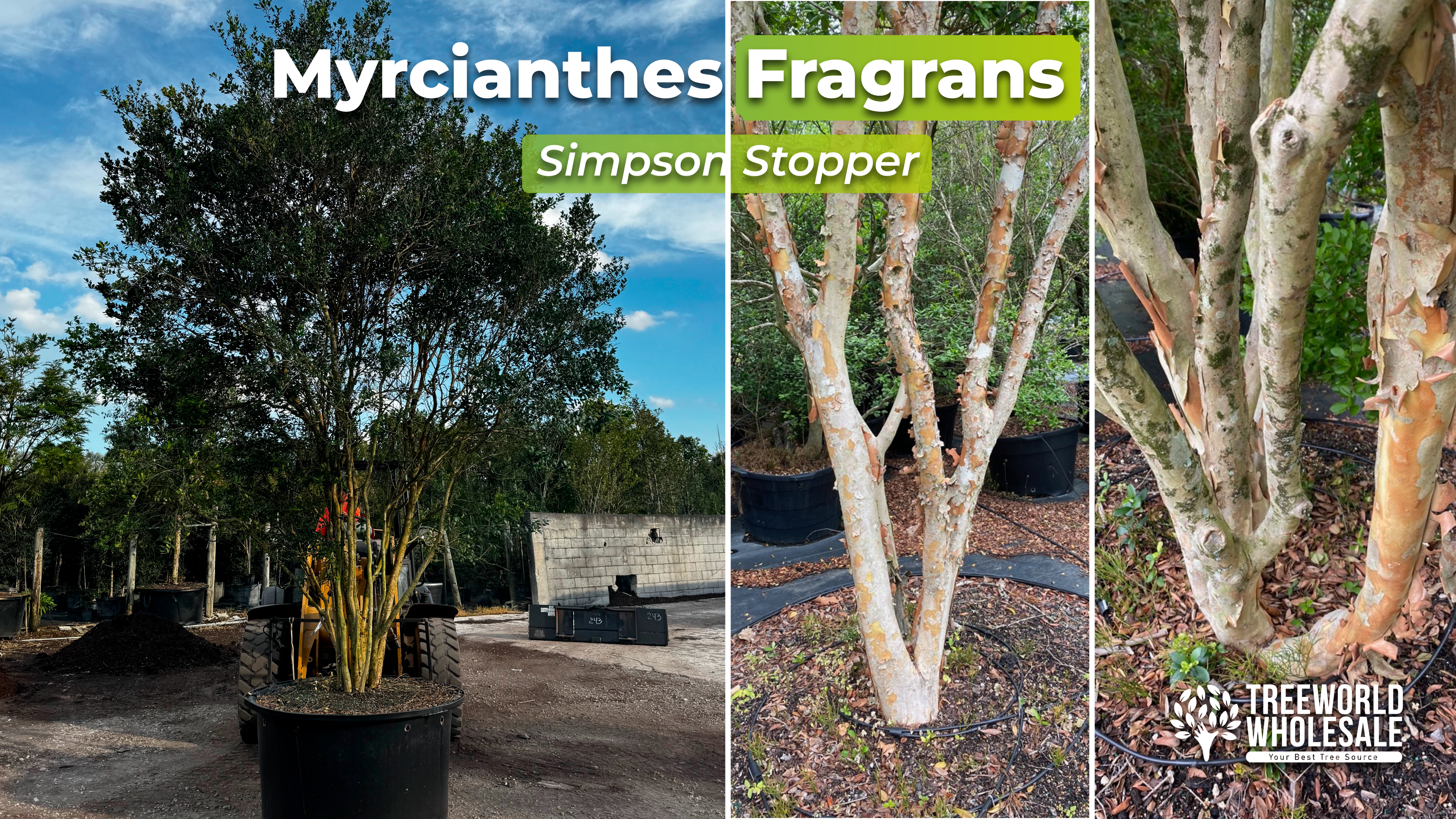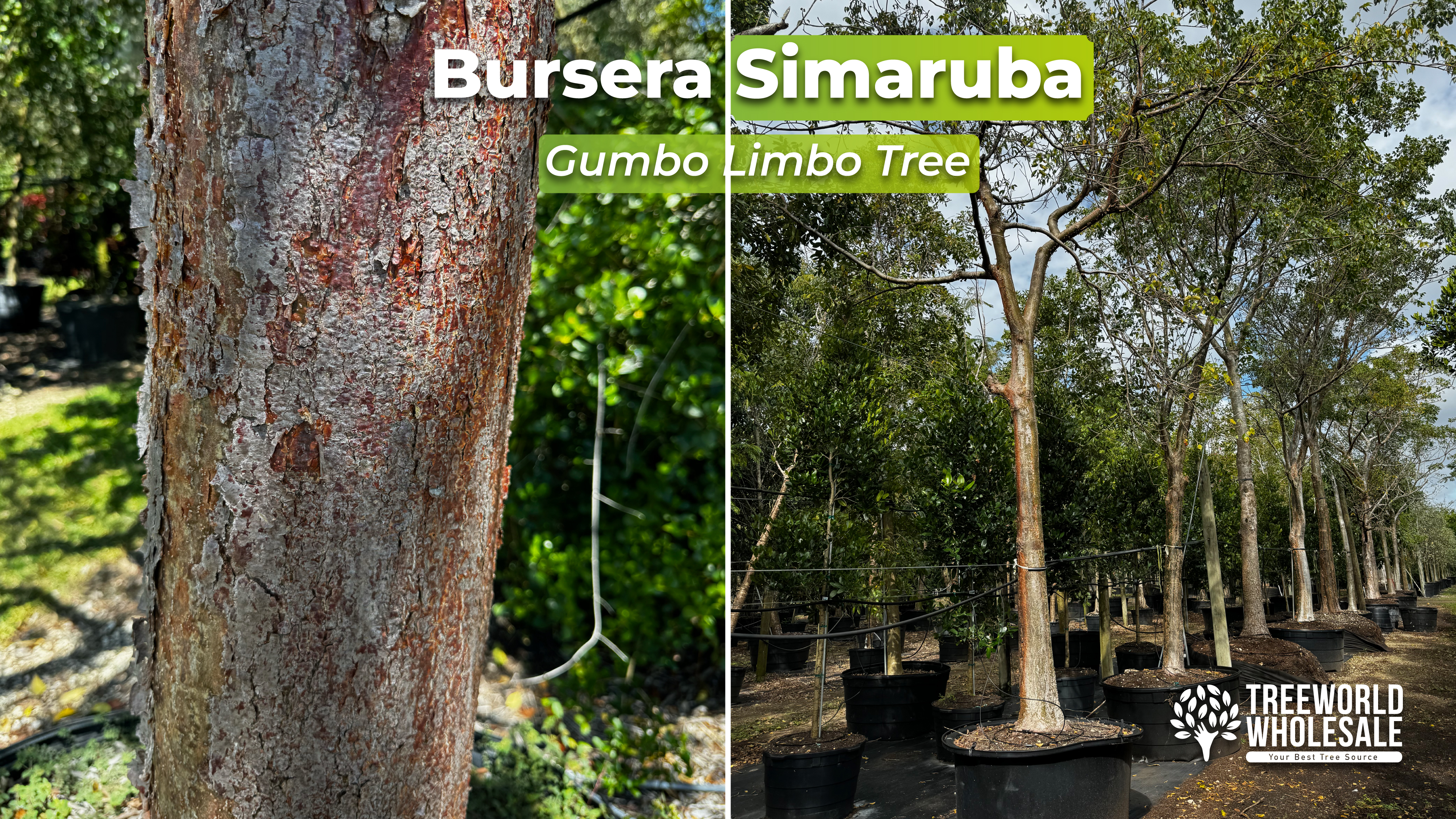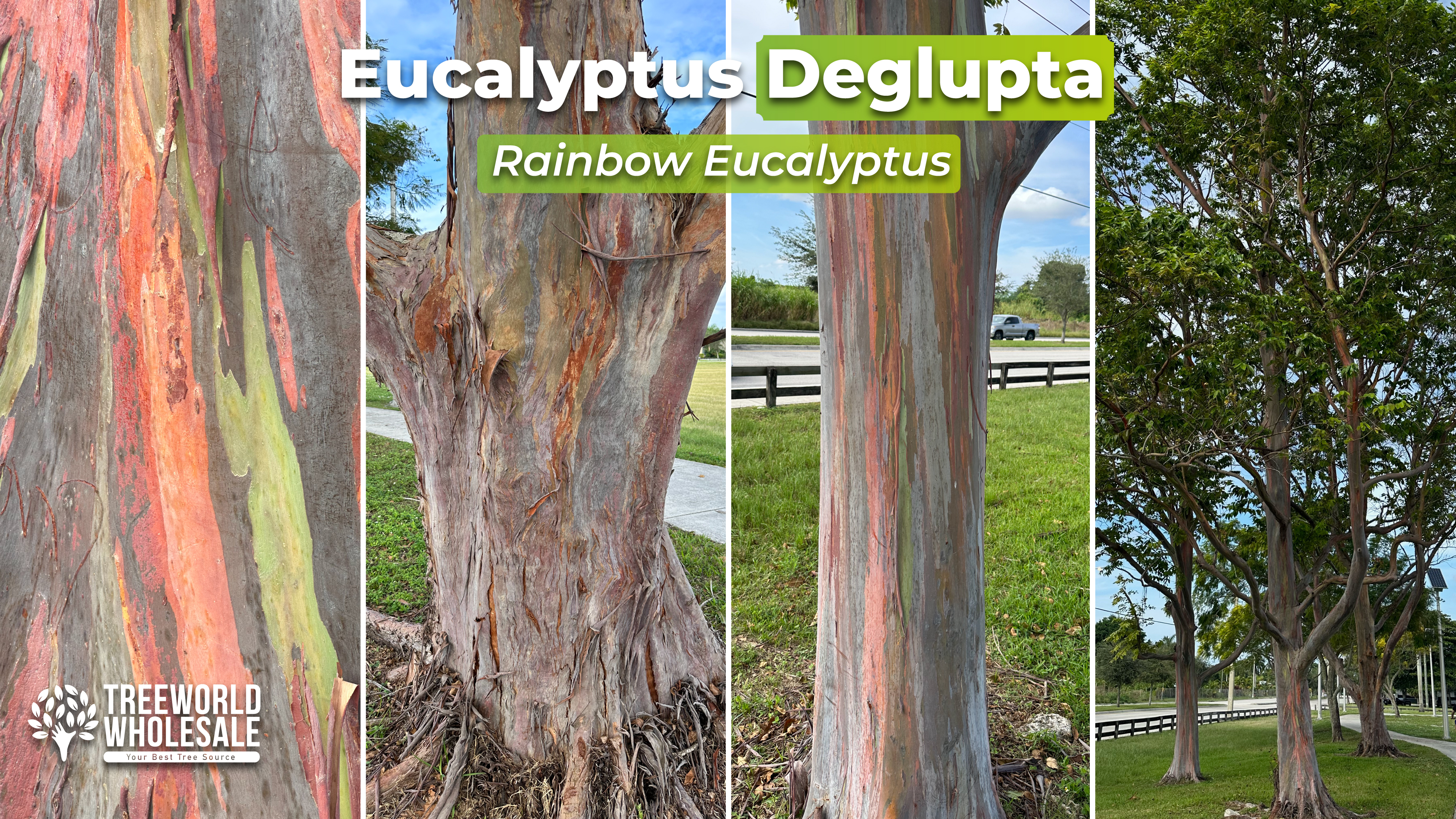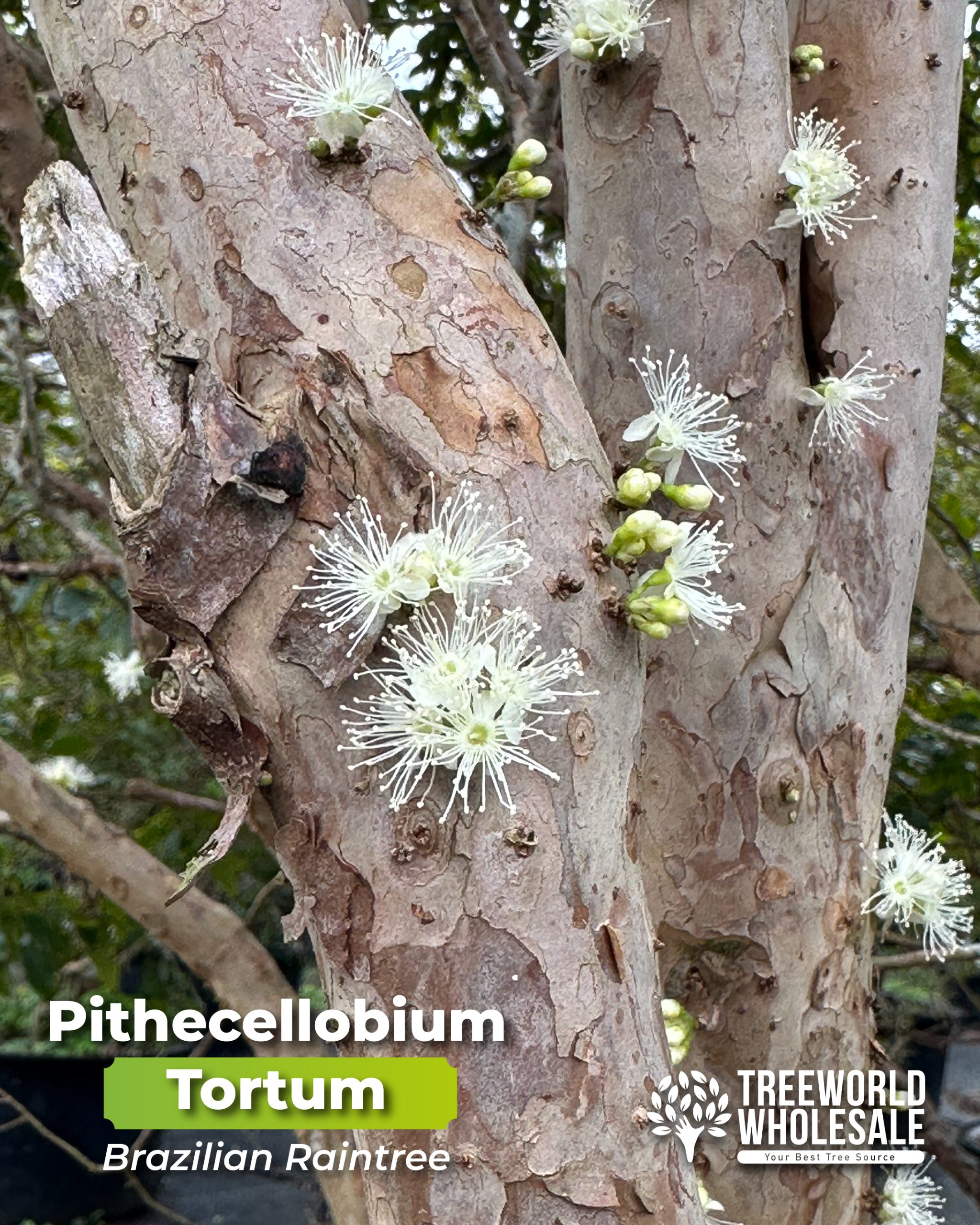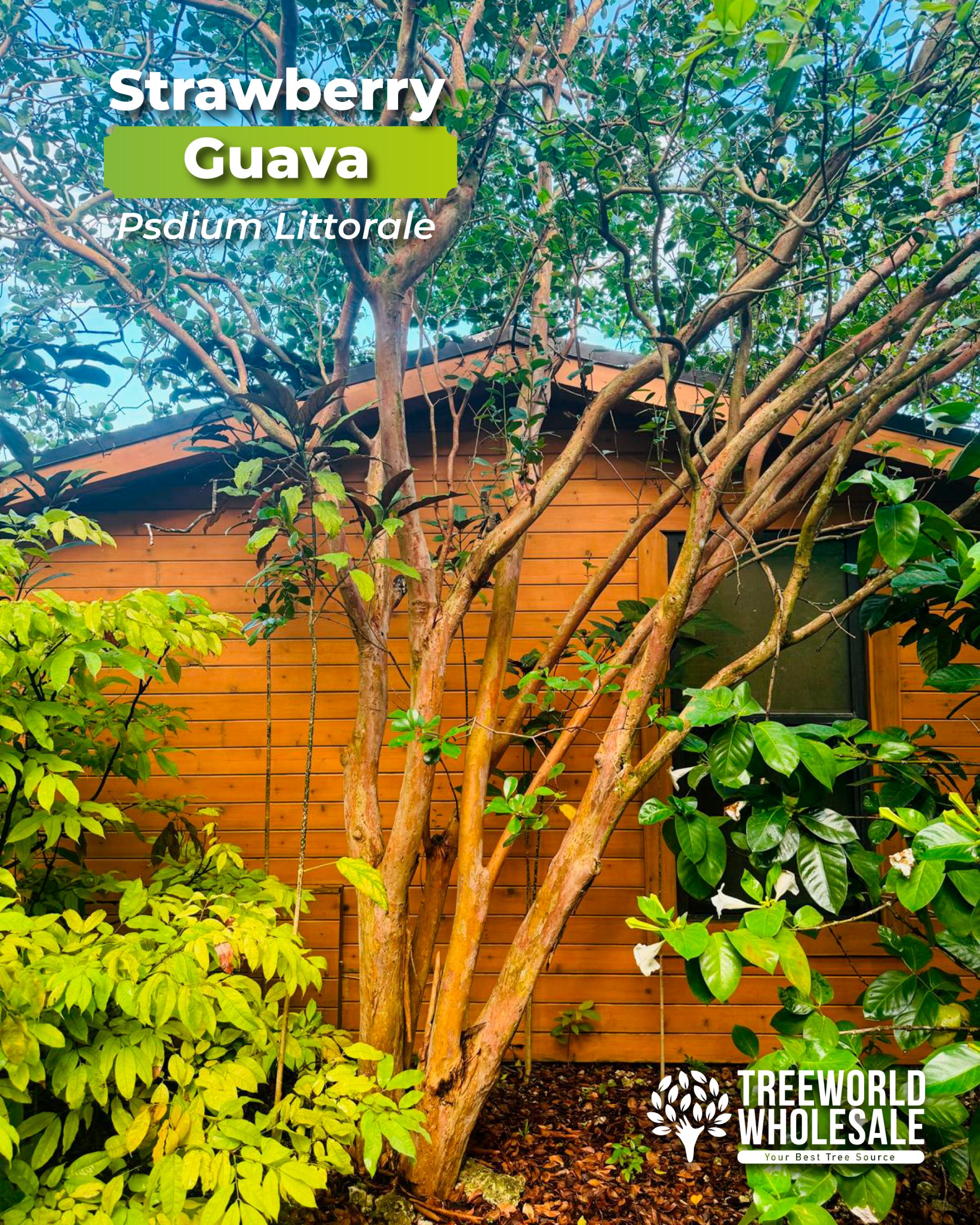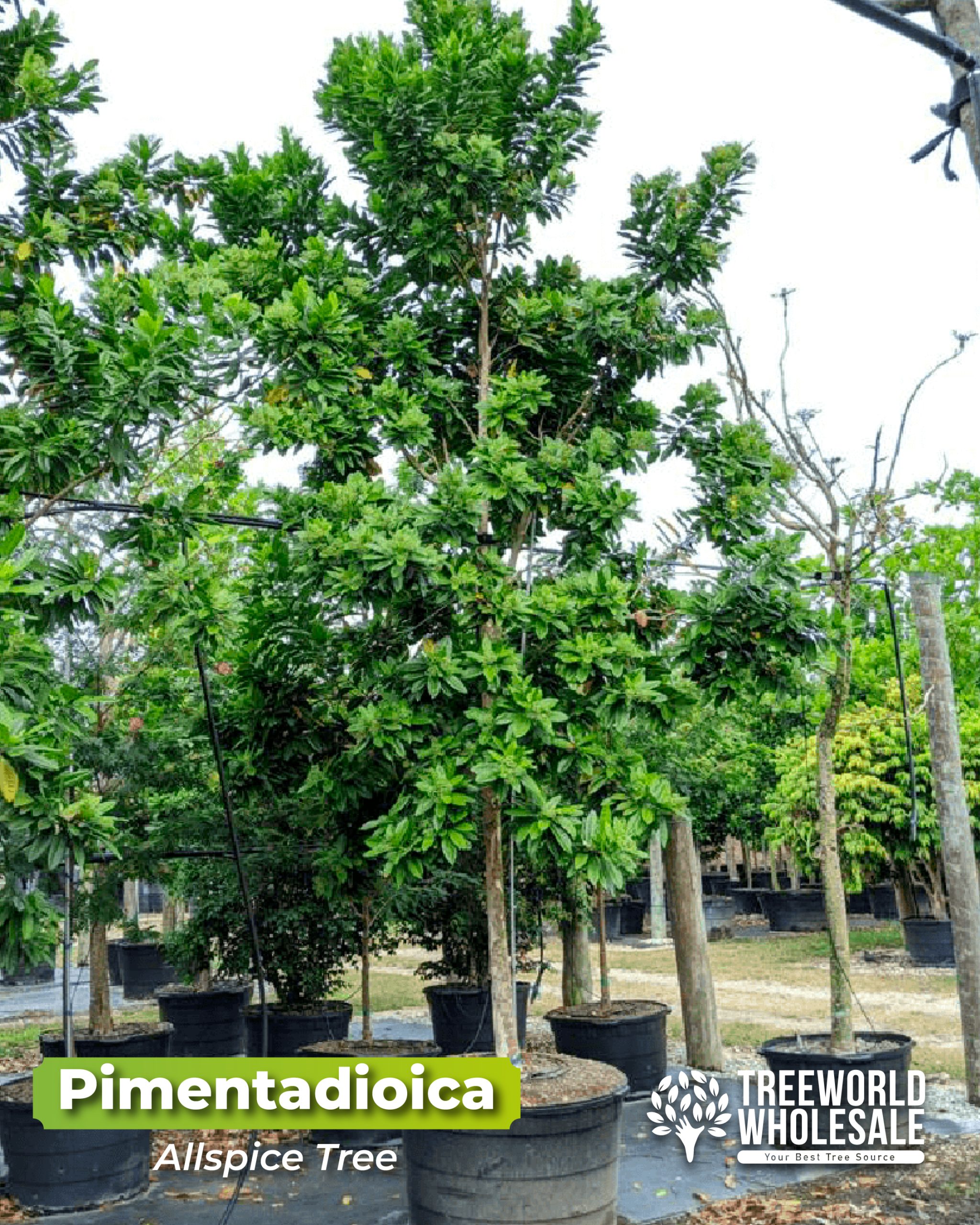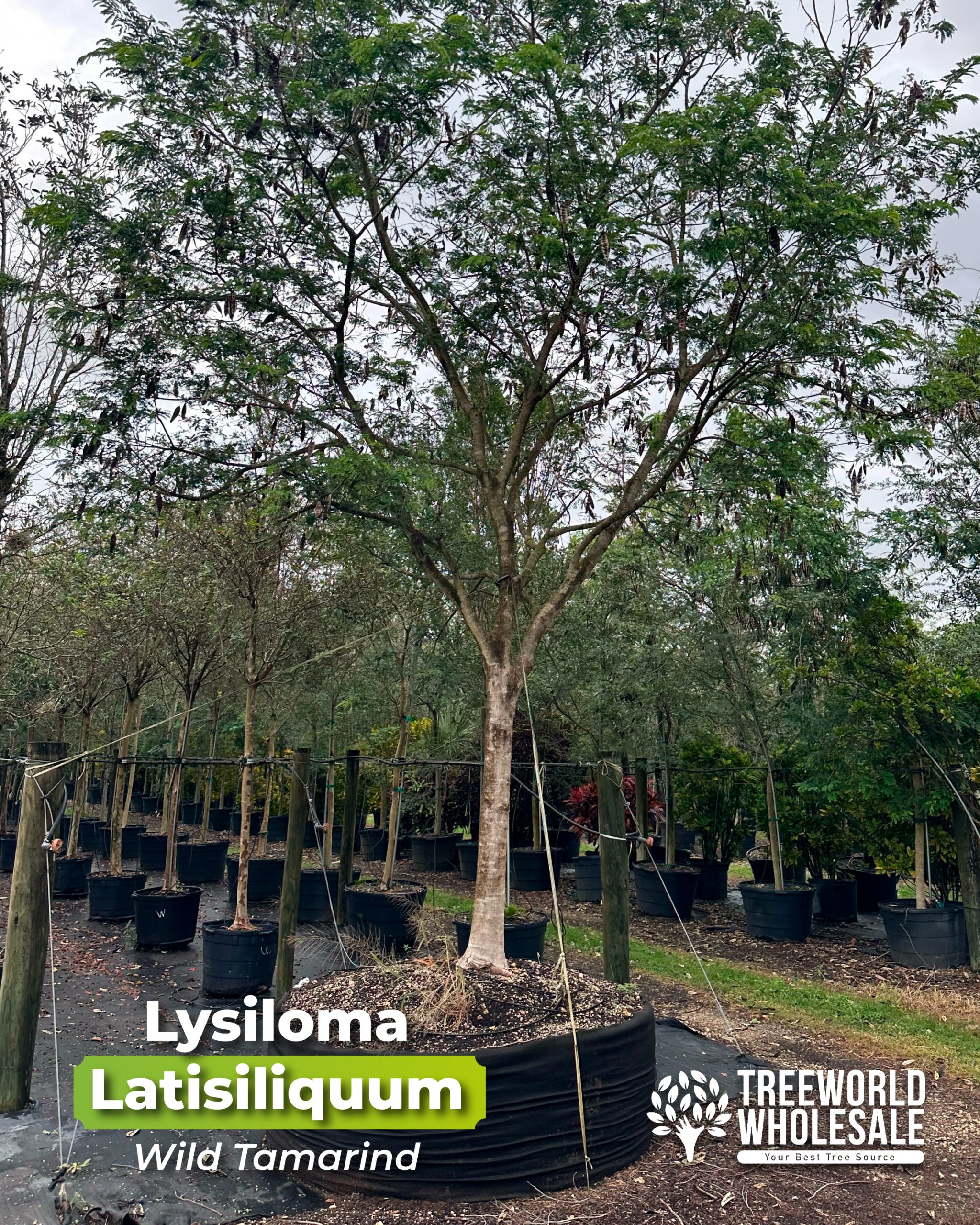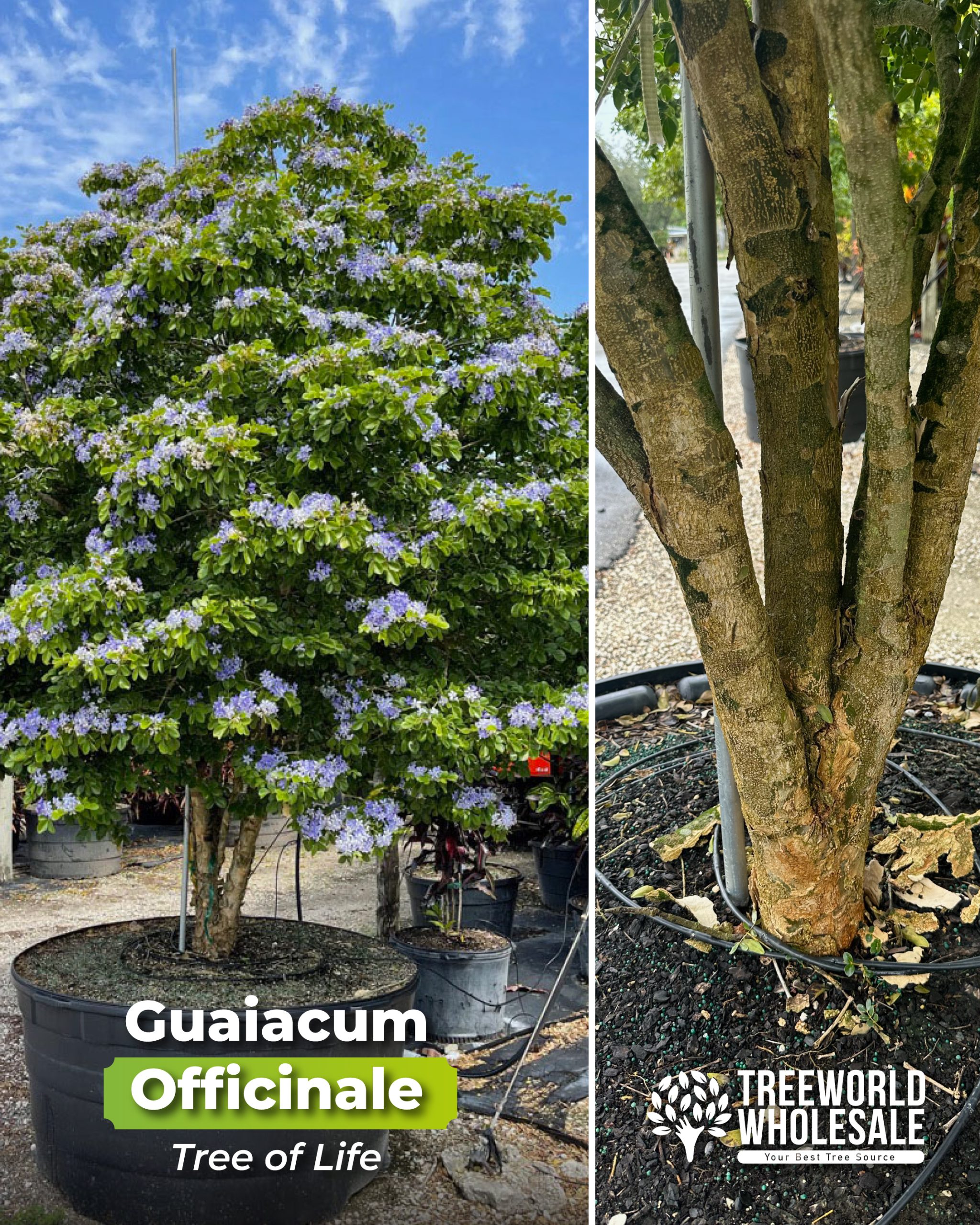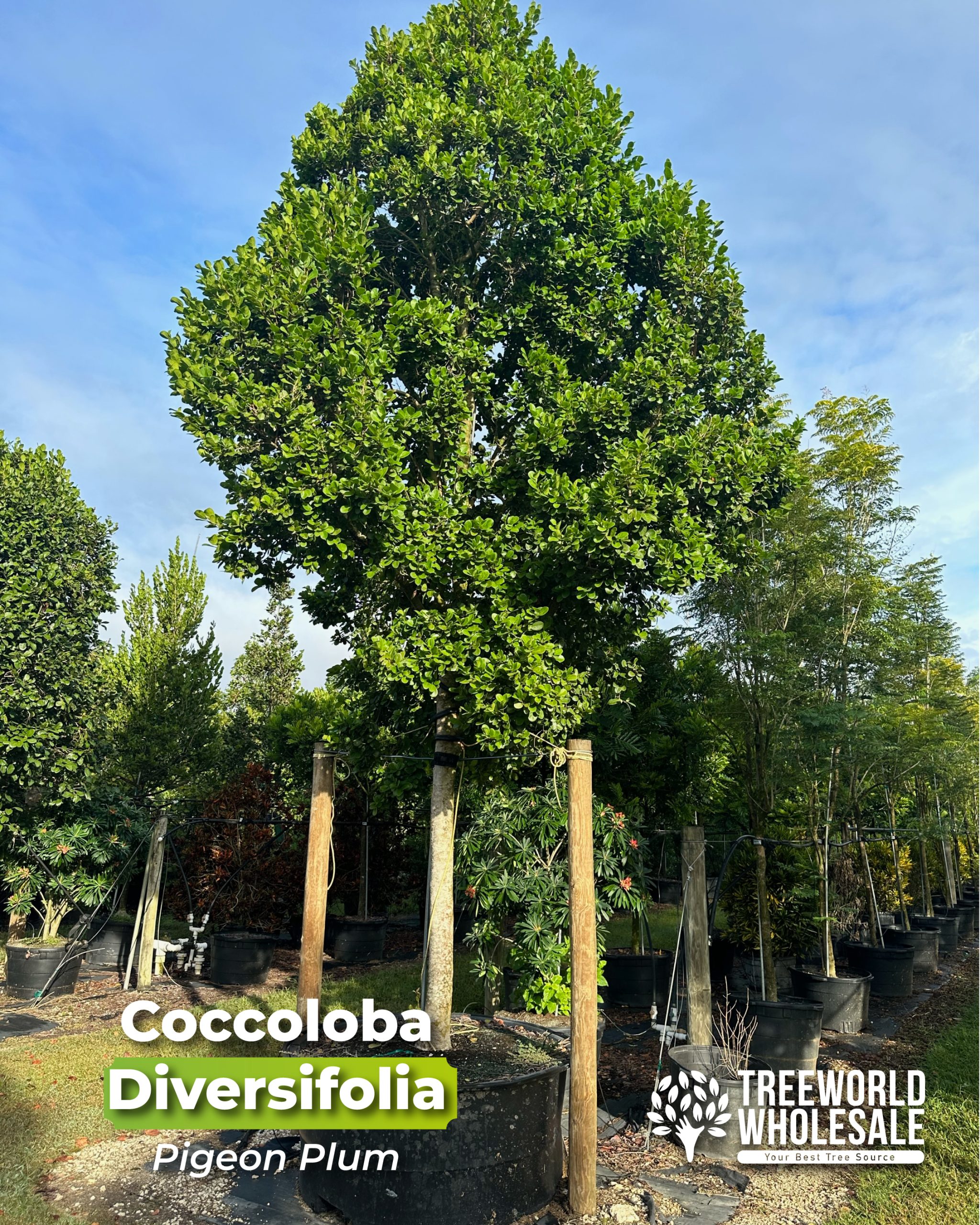The beauty within trees with peeling barks! There are elements that have a gravitational pull, with subtleties that fill the landscape design. And even though we sometimes overlook them because we become accustomed to their beauty. Consequently they assist landscape architects in reimagining spaces that will renew themselves every day.
Adding trees with peeling bark to the landscape will make the design stand out. Correspondingly it will provide something special and interesting bound to become an original feature. Exfoliating barks are real four-season plants that add a unique aesthetic element to the landscape on a year round basis. Aiming to pique the viewer’s interest with a variety of colors and textures.
What kind of trees have peeling bark?
Trees with exfoliating bark are those whose bark peels off the trunk naturally. Although certain trees that have peeling bark the moment they emerge. Other trees may take many years to reach full maturity before they begin to produce their peeling-off effect.
Why are trees with exfoliating trunks relevant and appealing in landscape design?
Exfoliating trunks, characterized by their peeling bark, provide a unique and ever-changing visual element to the landscape. As the peeling process reveals layers of different colors and textures, creating a dynamic appearance that changes with the seasons and as the tree matures. The peeling layers of bark will often expose underlying bark of various hues. This can range from creamy whites and silvers to rich browns and reds. Offering a natural palette that can complement other elements in the garden.
Additionally, trees with peeling bark frequently resemble natural sculptures, with their textured surfaces creating intricate patterns. These patterns can be especially striking when the bark is more visible due to the absence of leaves.
Create a textural contrast with trees that have peeling bark
In a landscape design, textural contrast is key to creating visual interest. Exfoliating trunks provide a rough, layered texture that contrasts beautifully with smooth, grassy lawns, delicate flower petals, and the sleek lines of architectural elements. As the bark peels away, the trunks offer a constantly evolving texture. This seasonal dynamism ensures that the landscape remains engaging and fresh throughout the year.
At TreeWorld, we have quite a variety of trees with exfoliating bark for you to choose from! You can contact us at 305-968-2427, schedule a visit for more information, or check out our top picks.
5 favorite trees with exfoliating bark
1) Caesalpinia Ferrea (Leopard tree)
The Caesalpinia ferrea is a moderate-sized tree that grows up to 40 feet and makes for a great shade tree. But its most appealing characteristic is its bark. Which features a striking pattern of dark brown, off-white, and green patches that resemble leopard spots. These patches are irregular in shape and size, creating a patchwork appearance on the trunk. As the tree matures, the bark begins to peel away in thin, curling strips, revealing fresh layers of color underneath. This tree is bound to make a standout feature in any landscape.
2) Pimenta racemosa (Bayrum tree)
The Bayrum tree is a medium-sized tree, typically ranging from 12 to 36 feet in height. Native to the Caribbean Basin. Our tree nursery offers it in both its standard single-trunk and multi-trunk (bush) forms. It has attractive, smooth, grayish-to-light brown aromatic bark that peels off, revealing a pinkish underbark. Aside from being an excellent addition on its own, it makes for a great privacy hedge. Besides, not only is this tree beautiful and fragrant, but it is also a great performer for South Florida weather conditions.
3) Myrcianthes Fragrans (Simpson Stopper)
The Simpson stopper is a Florida native is known for its attractive, smooth, and exfoliating bark. Its color palette spans from grayish to light brown. As the tree matures, the bark naturally exfoliates, peeling away in thin, papery layers to reveal a fresh, pinkish underbark beneath. This peeling process creates a striking contrast between the older outer layers and the newly exposed inner layers, adding contrast to the landscape.
4) Bursera Simaruba (Gumbo Limbo)
The Gumbo limbo is known to be a medium-large Florida Native tree. Prized for its smooth, lustrous, peeling coppery bark that has an appealing, shiny, recently varnished appearance. The trunk of this tree is particularly notable. With rich copper and red hues that gradually transition to a subtle silvery-gray as the bark peels away, the exfoliating bark reveals fresh, vibrant layers underneath. The tree contributes significantly to the overall design of the landscape. It is so striking that it has even earned the common name “tourist tree,” With its reddish, peeling bark resembling the sunburned skin of Florida’s tourists.
5) Eucalyptus Deglupta (Rainbow eucalyptus)
It can reach approximately 200 feet tall, ranking among the world’s tallest trees. It prides itself on having one of the most beautiful exfoliating barks. Furthermore, the trunk of this tree is a complete masterpiece. Featuring a striking display of colors that include layers of purple, orange, and maroon. It peels away in delicate strips, revealing fresh, vibrant hues underneath.
Moreover in our portfolio, we have other trees for sale with exfoliating bark! Like the Strawberry Guava (Psdium littorale), which has attractive gray-brown to golden smooth bark that peels off in thin sheets. The outstanding Bridalveil tree (Caesalpinia granadillo), whose bark peels off in thin strips to reveal an unusual mottled pattern of green and gray blotches. The Pithecellobium tortum (Brazilian Raintree), with its one-of-a-kind twisted (contorted) trunk. Is bound to add a dramatic sculptural look to the landscape. In the same category, you’ll also find the Sabicu Tree (Lysiloma sabicu) with a dark red trunk that resembles mahogany trees. The Allspice Tree (Pimienta dioca), pigeon plum (Coccoloba diversifolia) and the Tree of life (Guaicum Officinale).
If you are planning to include trees with bark that peels off, here are our recommendations!
First and foremost, strategic placement! Place exfoliating trees where you can fully appreciate their unique trunks, especially if they are thought out as accent trees. This could be near entryways, along pathways, or in the center of a lawn. Allow for easy viewing and appreciation of their evolving bark patterns. Also, make sure to play around with the textures by surrounding exfoliating trees with other plants that highlight their unique textures and colors. For instance, plantings with fine, delicate foliage can emphasize the ruggedness of the bark, while ground covers with contrasting colors can make the tree trunks stand out.
Additionally keep in mind that while exfoliating trunks is generally low-maintenance. It’s important to ensure the surrounding area is well-mulched and free of competing vegetation that might obscure the trunks. Regular pruning and care will keep the trees healthy and their bark in prime condition.
Finally, consider how exfoliating trunks fit into the broader landscape design. They should complement other elements rather than compete with them, creating a harmonious and balanced overall appearance. By thoughtfully incorporating trees with exfoliating trunks into your landscape design, you can create a visually engaging, texturally rich, and seasonally dynamic landscape design that captivates and engages year-round.
Read our blog post about benefits of Acacia!
Call us or text us at (305) 968-2427 to make an appointment today!

